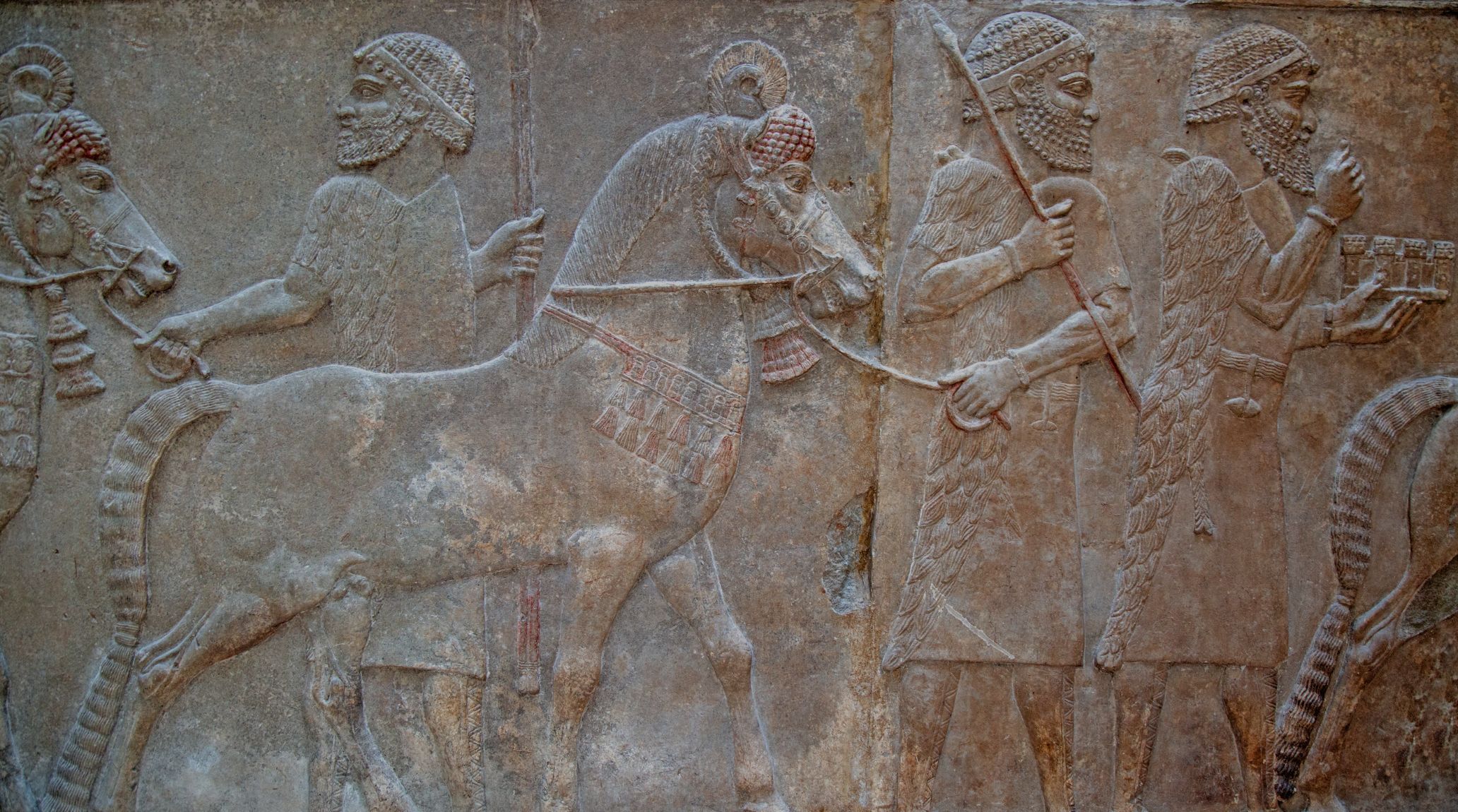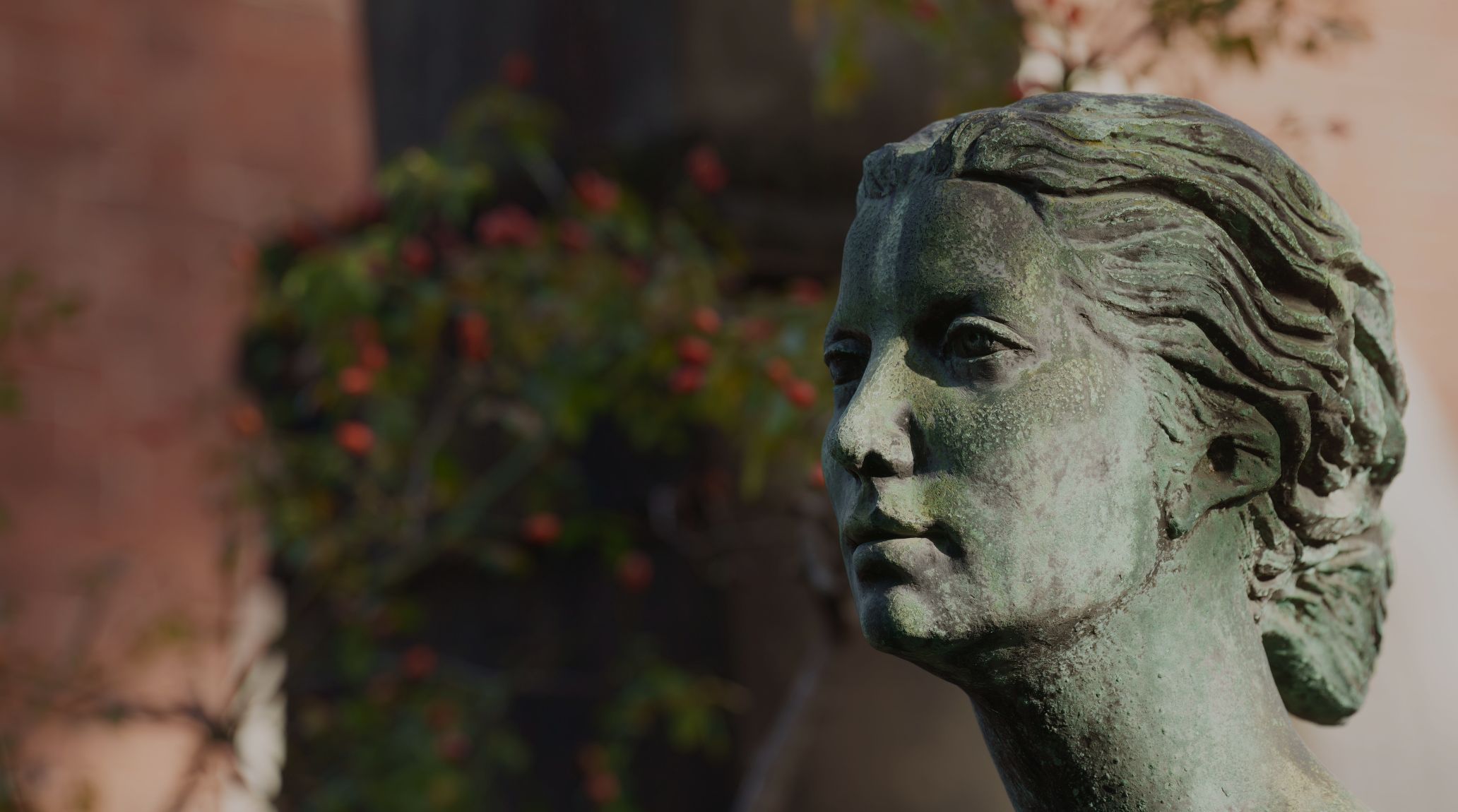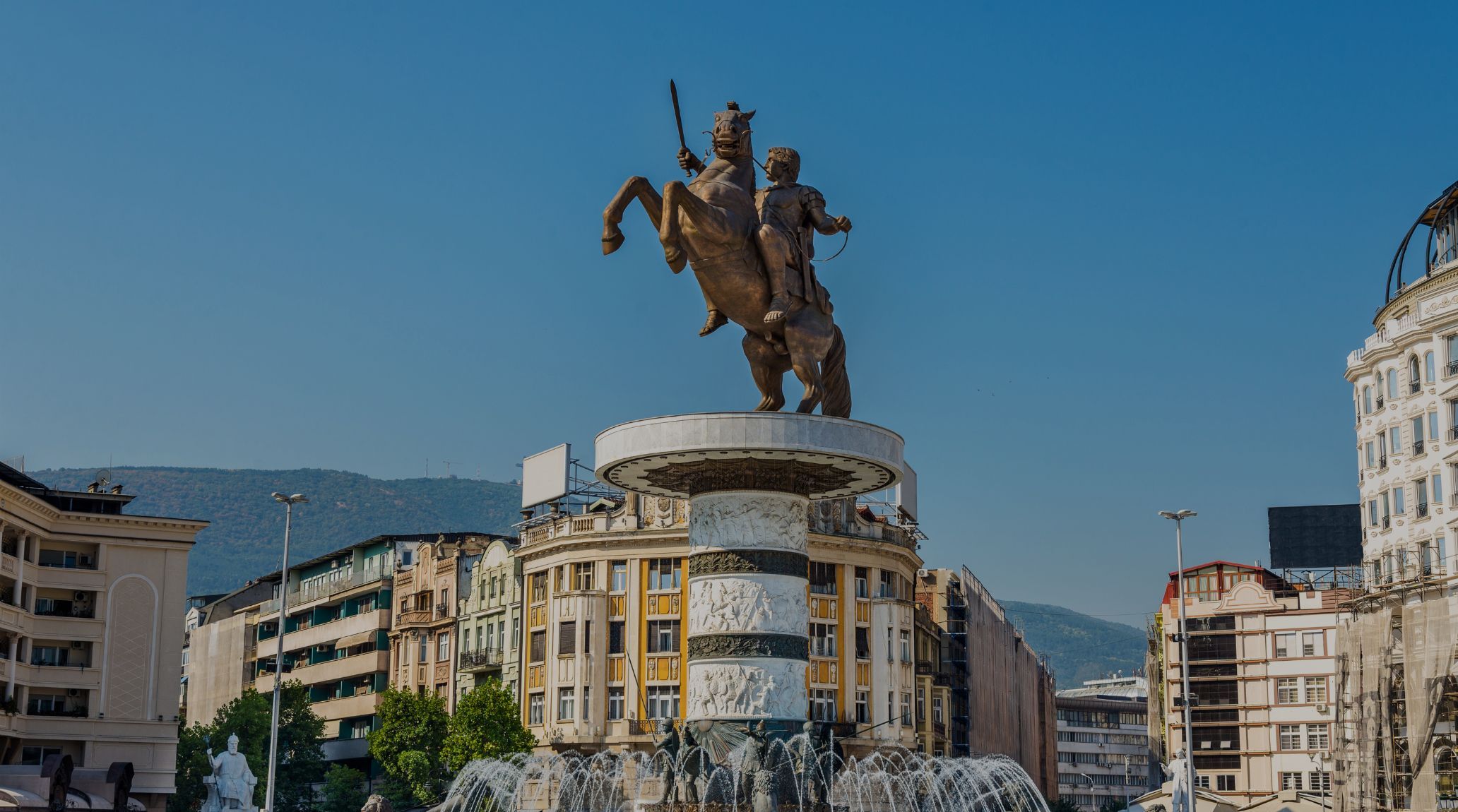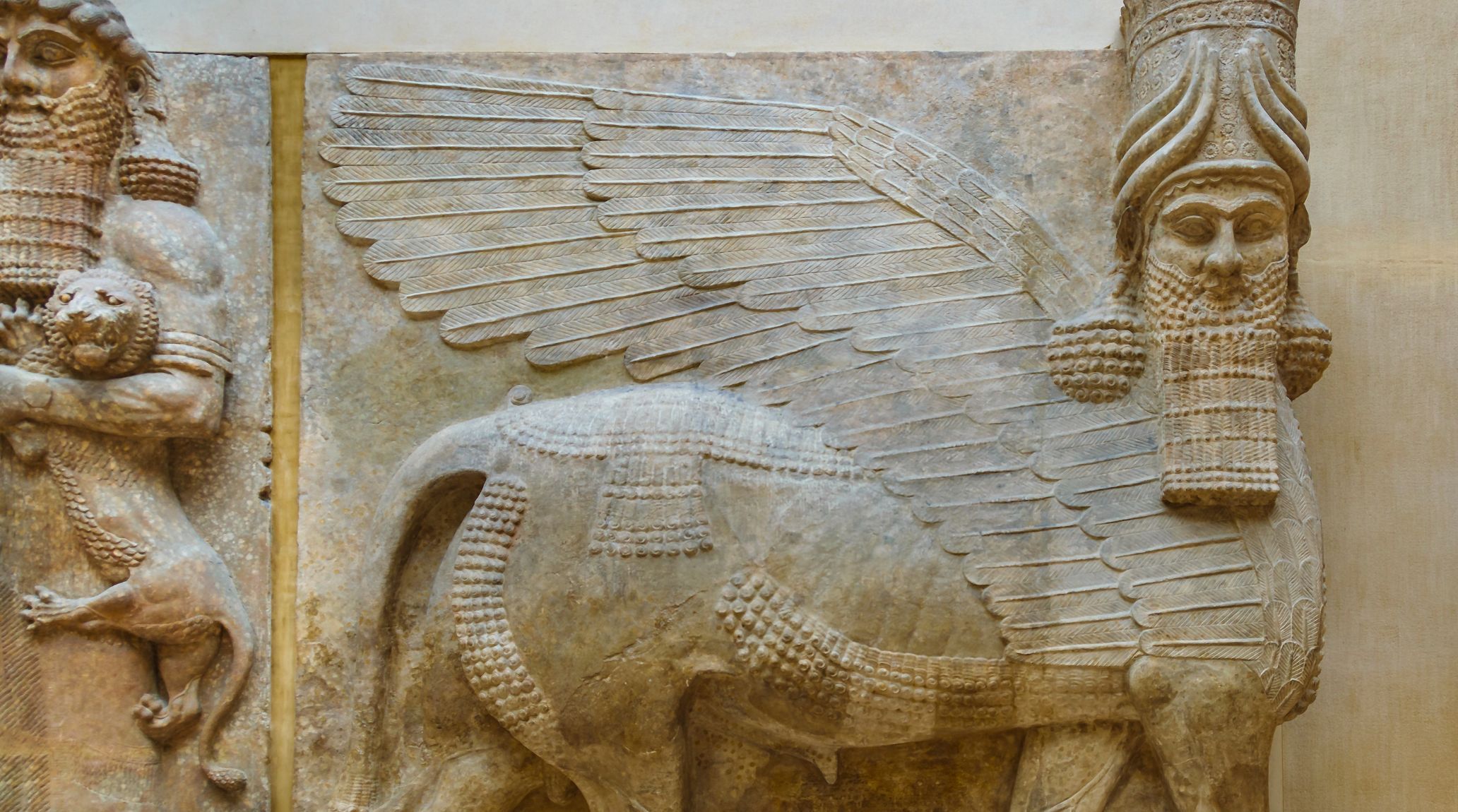
“
The Role of Religion in Mesopotamia was central to the daily life, governance and culture of this ancient civilization. Mesopotamians believed their gods controlled all aspects of life, from weather and harvests to the fate of kings and kingdoms. In this blog, we explore 20 fascinating facts about the Role of Religion in Mesopotamia.1
1
”
Mesopotamian religion was polytheistic, with numerous gods representing natural forces and aspects of life. Each city-state had its own patron deity, and gods were believed to control everything from weather to fertility, influencing daily life profoundly.1
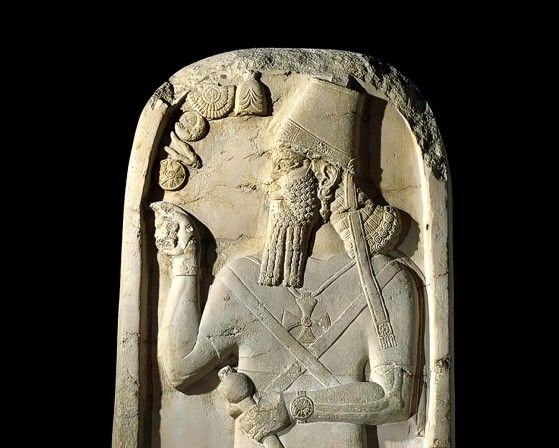
Anu was one of the most powerful gods, revered as the god of the sky and the father of all gods. He was associated with authority and kingship, embodying the supreme divine power in Mesopotamian mythology.
The Epic of Gilgamesh is one of the oldest known literary works, telling the story of a Sumerian king's quest for immortality. This epic is rich with mythological themes, including the involvement of gods in human affairs.2
Ziggurats were massive terraced structures that served as temples in Mesopotamian cities. These towering buildings were believed to be the earthly homes of the gods, where priests conducted rituals to appease the divine.3
Enlil was a major deity associated with wind, air, and storms. He was considered the god who granted kingship and was worshipped across Mesopotamia, especially in the city of Nippur, where his main temple was located.4
Inanna, known as Ishtar in Akkadian mythology, was a complex goddess associated with love, fertility, and warfare. Her dual nature reflected the contrasting aspects of life, embodying both creation and destruction.5
Mesopotamian rulers were often seen as representatives of the gods on Earth. Kingship was believed to be granted by the gods, and the king's duty was to uphold divine order, maintain temples, and perform religious rituals.6
Mesopotamians believed in an underworld where souls resided after death. This afterlife was seen as a gloomy and dreary place, reflecting a view of the afterlife that was more of an existence than a reward or punishment.7
The cylinders of Gudea, a Sumerian ruler, are some of the earliest examples of religious texts. They describe the construction of a temple to the god Ningirsu and highlight the king's piety and dedication to divine service.8
Mesopotamian temples were not only religious centers but also economic hubs. They controlled large estates, managed agricultural production, and served as places where goods were stored and distributed.9
Ninhursag was revered as the earth and mother goddess, responsible for fertility and the creation of life. She was one of the key deities in Mesopotamian religion, often associated with the nurturing aspect of nature.10
The Atrahasis myth is a Mesopotamian story of a great flood sent by the gods to reduce the human population. Atrahasis, a wise man, builds a boat to save humanity, echoing themes found later in the Biblical story of Noah.11
Shamash was the god of the sun, justice, and law. He was believed to see everything that happened during the day, making him the overseer of truth and fairness, often depicted with a sun disk.12
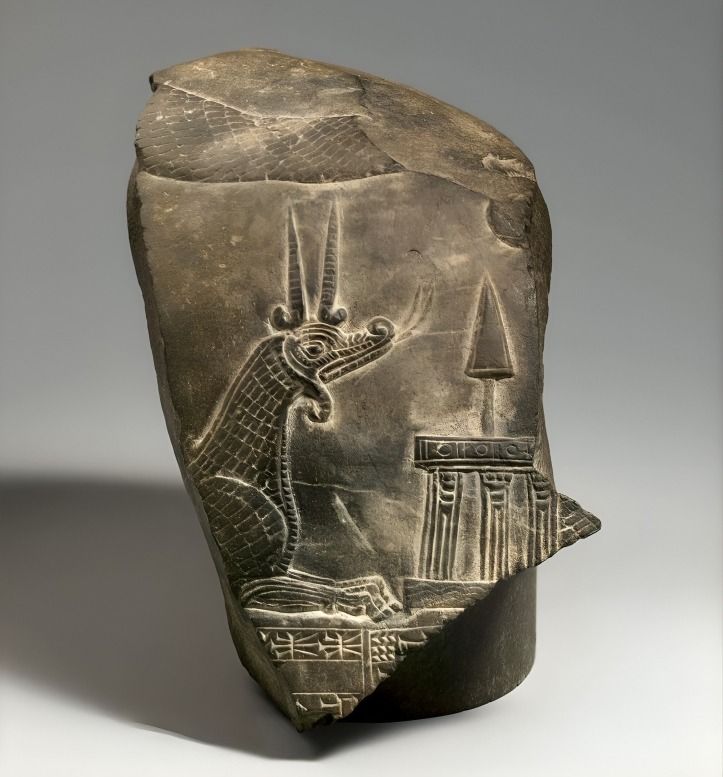
Marduk became the chief god of Babylon, symbolizing power and leadership. His rise to prominence is depicted in the Enuma Elish, a Babylonian creation myth that also highlights the importance of order over chaos.
Mesopotamian mythology featured various creatures, such as the bull-man and the lion-headed eagle, that served the gods or acted as protectors of sacred spaces. These creatures symbolized the power and majesty of the gods.13
The Mesopotamians practiced divination to understand the will of the gods. Techniques included interpreting the liver of sacrificial animals, reading omens in the stars, and interpreting dreams, all believed to provide insight into divine intentions.14
In ancient Mesopotamia, gods and humans coexisted, with gods governing and upholding laws. They expected worship and work, and uncertainties like temple rebuilding were resolved through divination or interpreting divine signs.15
Ereshkigal was the queen of the underworld, ruling over the dead. Her domain was a place of darkness and gloom, reflecting the Mesopotamian belief in a somber afterlife, distinct from the world of the living.16
Mesopotamians believed that statues of gods housed the divine presence. These statues were carefully crafted and maintained, and rituals were performed to "open the mouth" of the statue, allowing the god to inhabit it.17
The Enuma Elish is the Babylonian creation epic that describes how the god Marduk defeated the chaos monster Tiamat to create the world. This myth underscores the Mesopotamian belief in the victory of order over chaos.18
